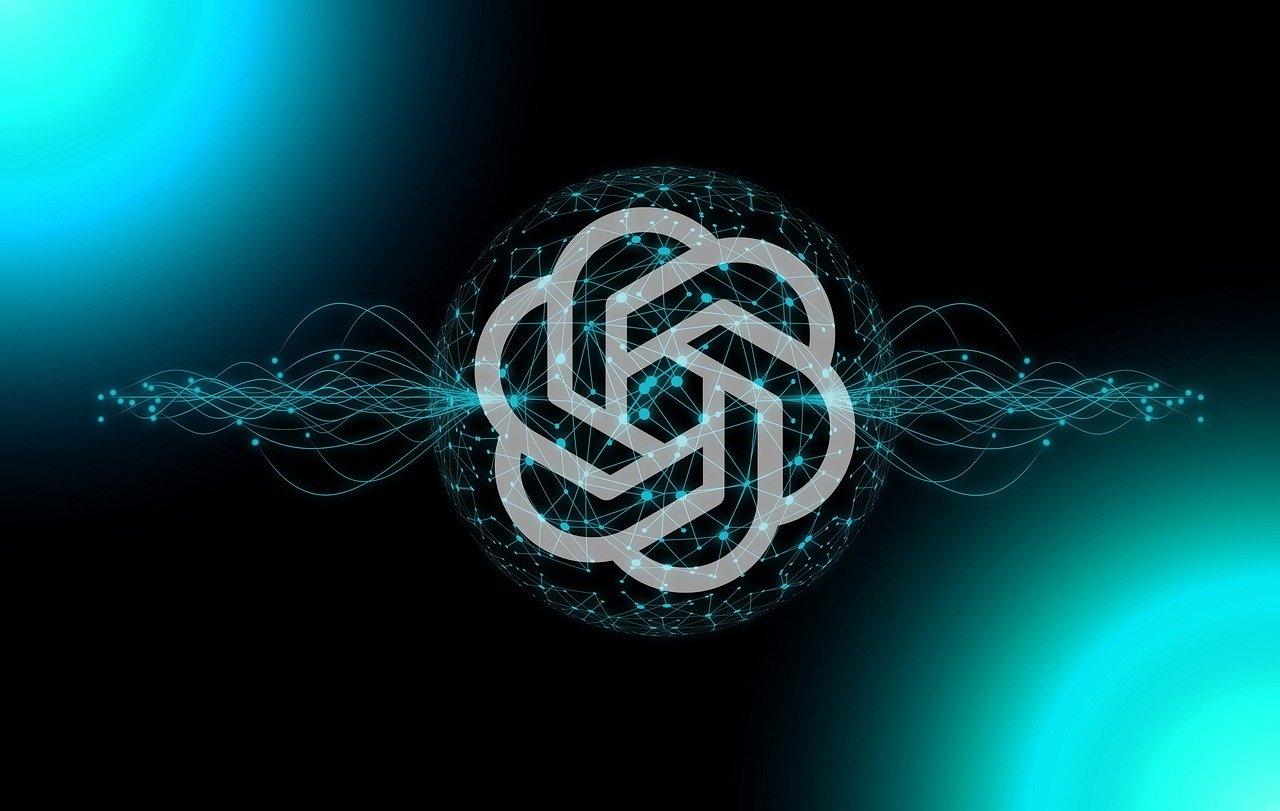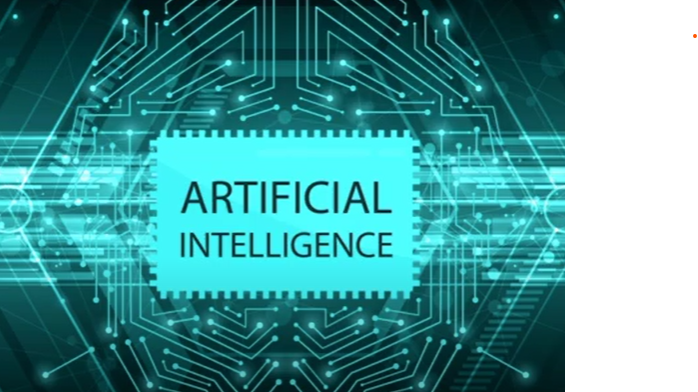What is ChatGPT and How It Works: Unleashing the Power of Conversational AI to Revolutionize Communication.
ChatGPT is designed to have human-like conversations with AI. It’s important because it improves user experiences and automates tasks. Besides it also transforms how we interact with technology.
Understanding ChatGPT: An Overview
What is ChatGPT?

ChatGPT is a special computer program created by OpenAI. It can talk to people and have conversations with them. It uses machine learning to understand what people say and respond in a way that sounds like a person. ChatGPT is designed to be helpful and provide information to those who interact with it.
Who Owns ChatGPT?
ChatGPT is owned and developed by OpenAI. It is a research organization focused on artificial intelligence.
Who Created ChatGPT?
ChatGPT was created by OpenAI. They developed ChatGPT as part of their efforts to advance natural language processing and conversational AI technology.
The Technology Behind ChatGPT
ChatGPT relies on advanced technology like neural networks and Transformers to understand and generate human-like responses. It learns from large amounts of text data to improve its language skills.
OpenAI continuously works to make it better and safer. So, ChatGPT’s technology allows it to understand and respond to us in a conversational way.
Is ChatGPT Safe?
Yes, ChatGPT is designed to be safe. But remember, it’s still important to be careful and think about what it says.
Is ChatGPT Free?
ChatGPT has both free and paid versions. The free version allows limited usage. But there are also paid plans for more access.
Exploring the Capabilities of ChatGPT
The capabilities of ChatGPT are impressive and wide-ranging. It has many useful abilities and can be used in different ways. You’ve come here to know what is ChatGPT and how it works, right? So, now see its capabilities of it for a clear concept.
You will be astonished. It can answer the questions to tell a story. And it has expertise in problem-solving! Let’s find out some fields to apply this tool.
Real-World Applications of ChatGPT
Just see below some of the things ChatGPT can do:
1. Answer Questions:
ChatGPT can provide answers to a wide variety of questions on different topics.
2. Generate Text:
It can generate coherent and contextually relevant text, such as articles, stories, and even code snippets.
3. Language Translation:
ChatGPT can translate text from one language to another.
4. Creative Writing:
It can assist with creative writing tasks, offer suggestions, and help with ideation.
5. Conversational Interactions:
ChatGPT can engage in realistic and interactive conversations, responding to user inputs.
6. Fact Checking:
It can help verify facts and provide accurate information on a wide range of subjects.
7. Educational Support:
ChatGPT can assist with learning and educational queries, providing explanations and clarifications.
8. Product Recommendations:
It can offer personalized recommendations based on user preferences and input.
9. Storytelling:
ChatGPT is capable of generating imaginative and engaging narratives, making it useful for storytelling purposes.
10. Problem-Solving:
It can aid in problem-solving by offering suggestions and approaches to tackle various challenges.
The Development of ChatGPT

Evolution of Language Models and AI Advancements
Language models and AI have come a long way. First, there were simple statistical models, then neural networks improved language understanding. The Transformer architecture revolutionized language models in 2017.
OpenAI’s GPT models, like GPT-2 and GPT-3, made significant advancements in generating coherent text. These models paved the way for ChatGPT, which can engage in human-like conversations. Ongoing research continues to push the boundaries of language understanding and generation.
OpenAI’s Contribution to the Development of ChatGPT
OpenAI stands at the forefront of artificial intelligence advancements as a leading organization in the field. They have made important contributions to the development of advanced language models like GPT. These models can understand and generate human-like text.
In this way, OpenAI has played a crucial role in creating ChatGPT. They have worked hard to develop and improve this amazing talking robot. OpenAI’s expertise and dedication have made ChatGPT possible, making our conversations more fun and helpful.
The Training Process of ChatGPT
The training of ChatGPT consists of two main steps: pre-training and fine-tuning. Let’s take a closer look at each step and the data sources used.
1. Pre-training:
ChatGPT learns from a large amount of text from the internet, including books, articles, and websites. It predicts what comes next in sentences to understand language patterns and context.
2. Fine-tuning:
After pre-training, ChatGPT is trained on specific datasets with the help of human reviewers. They use guidelines from OpenAI to review and rate the model’s responses for various inputs.
This feedback loop helps improve the model’s responses, align its behavior with human values, enhance safety, and reduce biases.
The Role of Data in Training ChatGPT
Data is important for training ChatGPT. It learns from lots of internet text and gets feedback from humans to understand the language better and respond accurately. However, sometimes it may still give wrong or biased answers. OpenAI keeps working to improve ChatGPT and wants users’ feedback to make it even better.
Specialization in Specific Tasks
ChatGPT learns in two steps. First, it learns a lot about language in general. Then, it gets specialized training to be better at specific tasks. This helps ChatGPT understand different topics and give better responses in conversations.
Generating Responses and Challenges of ChatGPT
In this section, we’ll highlight both the process of generating responses and the challenges faced by ChatGPT. And you can understand how ChatGPT works.
How ChatGPT Generates Responses?
ChatGPT generates responses using a process called decoding. Here’s a simple explanation:
1. Input Understanding:
ChatGPT reads and understands the input or question provided by the user.
2. Retrieving Knowledge:
Based on its training, ChatGPT retrieves relevant information and patterns from its vast dataset.
3. Generating Response:
Using the retrieved knowledge, ChatGPT generates a response by selecting and arranging words to form a coherent answer.
4. Contextual Consideration:
ChatGPT pays attention to the context of the conversation, ensuring that its response aligns with the previous messages and maintains a logical flow.
5. Fine-tuning Outputs:
ChatGPT fine-tunes its response by considering factors like grammar, language style, and appropriateness.
6. Response Generation:
Finally, ChatGPT generates the response, providing an answer or continuing the conversation based on its understanding and training.
Challenges and limitations in training ChatGPT
Training ChatGPT has some challenges and limitations:
1. Biases in data:
The internet data used for training may have biases, which can affect the responses generated by ChatGPT.
2. Understanding context:
ChatGPT lacks real-world knowledge and common sense, which can make it struggle to understand context accurately.
3. Inappropriate responses:
Sometimes, ChatGPT may generate responses that are inappropriate or offensive, despite efforts to filter and train the model responsibly.
4. Limited clarification:
ChatGPT may not ask for clarification when faced with ambiguous queries, leading to misunderstandings.
5. Limited knowledge scope:
ChatGPT may not have expertise in specific topics and may provide generic responses or struggle with niche subjects.
6. Overconfidence:
ChatGPT can sometimes give answers even when it’s unsure or lacks sufficient information, leading to incorrect responses.
Best Use of ChatGPT
The best use of ChatGPT is to assi
Use of ChatGPT
st and enhance our daily lives. By utilizing it to supplement our own skills and knowledge, we can make the most of ChatGPT’s capabilities and benefit from its assistance in various aspects of our lives. Here are some usage fields of it:
- Quick and accurate answers to questions
- Assistance with creative writing projects
- Acting as a virtual personal assistant
- Providing explanations and guidance for learning
- Supporting decision-making processes
These are just a few examples of how ChatGPT is used to make things easier and more interesting for people.
Ethical Considerations in ChatGPT’s Use
When using ChatGPT, we need to consider some important things:
- Privacy: Protecting user data and privacy.
- Bias: Avoiding biased responses.
- Transparency: Clearly indicating the use of AI.
- User Safety: Providing reliable information.
- Accountability: OpenAI takes responsibility.
If we remember these points, we can use ChatGPT responsibly. And in this way, we’ll get benefit from it.
Future of ChatGPT
The future of ChatGPT looks bright. It will keep getting smarter and better at understanding and responding accurately. OpenAI is committed to improving ChatGPT based on user feedback.
We can expect more natural conversations and valuable applications in customer service, education, and creative writing. The future holds great potential for ChatGPT to enhance our interactions with AI systems.
Final Thoughts
ChatGPT is a powerful conversational AI model with a wide range of applications. It has been trained to understand and generate responses using extensive text data. So, it makes things more fun and exciting for us!
And already we know about what is ChatGPT and how it works in detail. So, we can understand that, though there are ethical considerations and limitations, the future of ChatGPT holds great potential for further advancements and improvements.
FAQ:
- How does ChatGPT understand and respond?
– Through advanced training techniques and pattern recognition.
- Can ChatGPT learn new information?
– No, it relies on pre-existing knowledge.
- What sets ChatGPT apart from other chatbots?
– ChatGPT stands out with its superior language abilities and extensive training. This makes it a more natural and human-like chatbot compared to others.
- How does ChatGPT handle personal information?
– It prioritizes user privacy and doesn’t store personal data.
- Are there limitations to ChatGPT’s understanding and responses?
– Yes, occasional errors and sensitivity to input phrasing.
- Does ChatGPT support multiple languages?
– Yes, but proficiency may vary by language.
- How does OpenAI address biases in ChatGPT’s responses?
– Through guidelines and continuous feedback from reviewers.
- What measures ensure user safety and prevent misinformation?
– Safety mitigations are in place, but not foolproof.
- How does OpenAI gather feedback for improvement?
– Users’ feedback helps refine the model and address limitations.
- Are there plans for developer accessibility?
– Yes, OpenAI is developing APIs and tools for developers.


